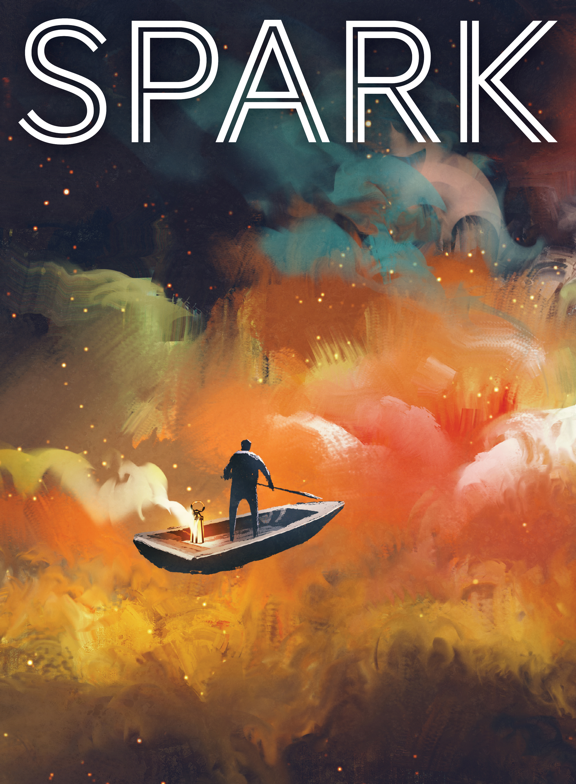Reflections on 'Still Life'

Science has always provided a basis for my artwork, but it wasn’t until a few years ago that the connection between the expressive and scientific became as obvious as it is today. The “Still Life” series began after I was granted an opportunity to tour the back-storage zoology collections of the Denver Museum of Nature and Science. The vastness of the collection sparked my interests in biodiversity, and creating a series of paintings that embodied that idea became deeply ingrained in my mind. I was not only obsessed with recreating my experience within the collection, but also with finding a way to breathe new life into the specimens I found, some of which are centuries old.
 My process involves equal parts scientific research as it does visual practice. Museum collections across the state have become libraries for my inspiration. Typically, my summers are spent visiting these collections on a weekly basis, gathering both photographic research as well as sketching studies for reference in the final work. The birds from “Still Life” have been painted at life-scale and are recreated in such a way as to appear as though they are laying directly on top of the whitewashed panel. The specimen tags are included on each animal as both a symbol of homage and statement of individuality.
My process involves equal parts scientific research as it does visual practice. Museum collections across the state have become libraries for my inspiration. Typically, my summers are spent visiting these collections on a weekly basis, gathering both photographic research as well as sketching studies for reference in the final work. The birds from “Still Life” have been painted at life-scale and are recreated in such a way as to appear as though they are laying directly on top of the whitewashed panel. The specimen tags are included on each animal as both a symbol of homage and statement of individuality.
“Still Life” has expanded my vision as an artist and has allowed me to weave the same thread within my classroom as art teacher at Kearney Middle School in Commerce City, Colo. My classroom philosophy works in symbiosis with my artistic practice. Students are encouraged to pave a similar pathway of artistic discovery through investigation and risk-taking. “Still Life” has provided me with the framework for passing along my practice to others. Just as my work exhibits statements of diversity, so too does the realm of creative expression within a classroom. Never has a body of work meant so much. ■
Discover more of Brandon Finamore’s art at brandonfinamore.com.
Send your questions or feedback to ithink@anythinklibraries.org or post in the comments below.

